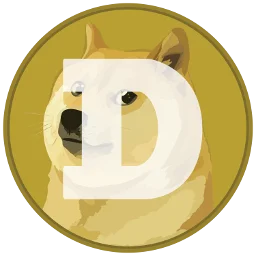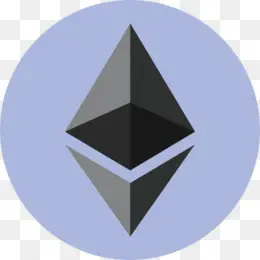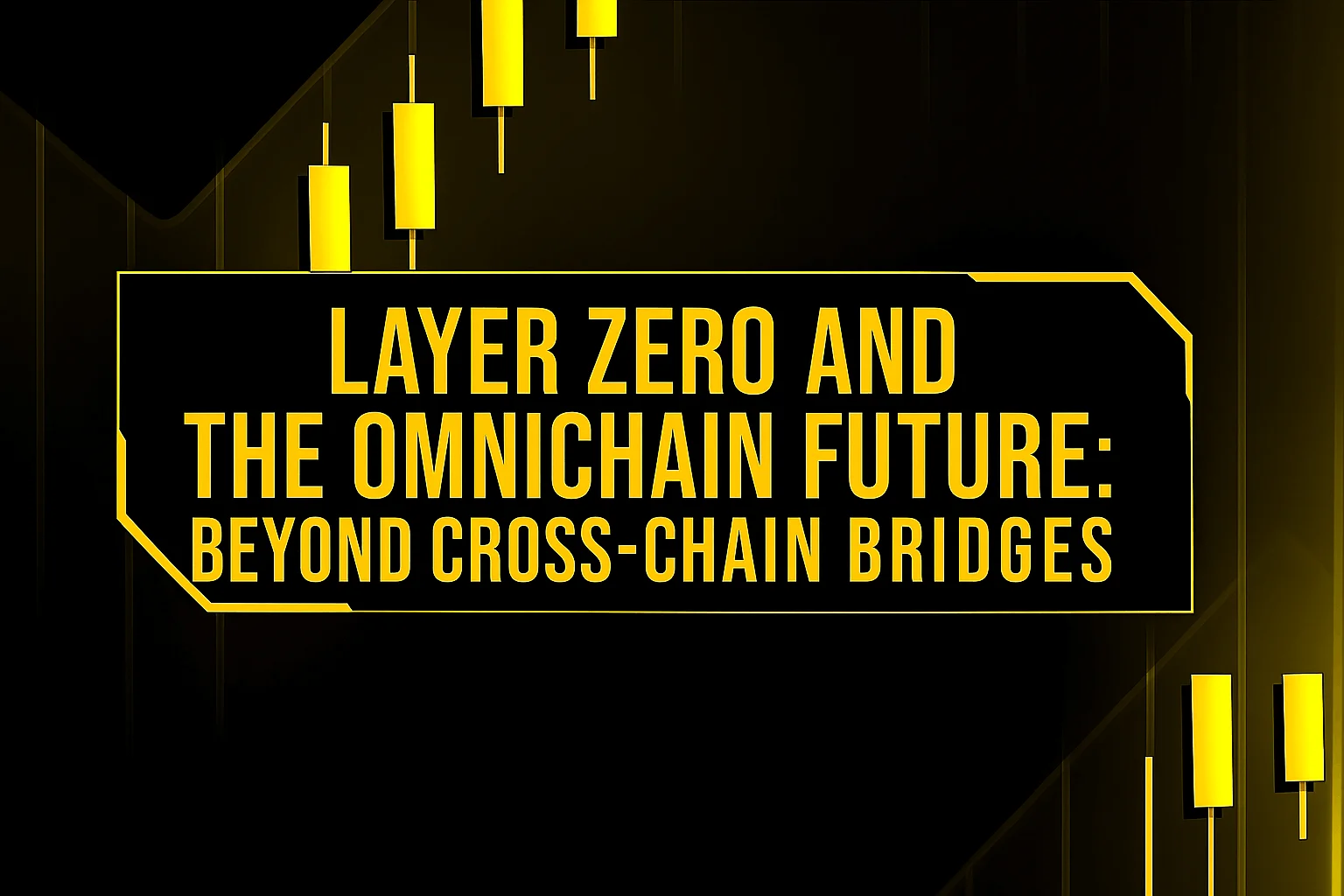Table of Contents
For years, interoperability has been one of the biggest barriers to Web3’s growth. Blockchains were designed as isolated ecosystems, not as networks that communicate easily with one another. As a result, users have been forced to navigate confusing and often risky cross-chain tools just to move assets, interact with applications, or access liquidity across different chains.
Until recently, the main solution to this fragmentation problem was the cross-chain bridge. These bridges helped Web3 scale past its early limitations, but they introduced new issues: massive security vulnerabilities, high complexity, liquidity fragmentation, and a poor user experience. In 2025, as the industry matures, the limitations of bridges are becoming impossible to ignore.
A new approach is now taking the lead — LayerZero, a messaging-focused protocol that aims to replace old bridging mechanisms entirely. Instead of moving wrapped assets from chain to chain, LayerZero enables native communication between smart contracts across different blockchains. It is, in many ways, a structural redesign of how Web3 will operate.
Below is an expanded look at how we reached this point, why LayerZero matters, and what the rise of omnichain applications means for the future of Web3.
The Limits of Traditional Bridges
Cross-chain bridges were built out of necessity. When users wanted to migrate tokens or interact with applications on other chains, they turned to bridges that used a lock-and-mint model:
- You would lock tokens on Chain A
- The bridge would mint synthetic “wrapped” versions on Chain B
This model works on the surface, but structurally, it creates several issues that the market has learned about the hard way.
1. Security Risks and Massive Attacks
Because bridges hold enormous amounts of locked liquidity, they become honeypots for attackers. Over the past several years, billions of dollars were stolen from bridges, often with devastating results for users and ecosystems. When a bridge is hacked, wrapped assets can instantly become worthless.
2. Liquidity Fragmentation
Wrapped assets are not the real asset. A wrapped USDC on another chain is simply a synthetic representation.
This:
- fragments liquidity,
- increases volatility across chains, and
- forces traders to choose between wrapped markets instead of unified liquidity pools.
3. A Complicated UX for Everyday Users
Bridging feels like doing “technical maintenance” rather than using a product:
- You must select a chain
- Approve the contract
- Confirm the bridge
- Pay separate fees
- Wait for confirmation
A user-friendly Web3 will not rely on this.
4. Lack of Standardization
Every new chain typically requires a new bridge.
This creates:
- more attack vectors
- more complexity
- more inconsistencies
- more things to maintain
Even today, most industry hacks are bridge-related. The Web3 ecosystem needed a smarter architecture — one that does not rely on pooled funds or synthetic tokens.
What LayerZero Is and How It Works
LayerZero represents a fundamental shift in how blockchains communicate.
Instead of bridging assets, LayerZero is a universal messaging protocol. It lets smart contracts on different blockchains send messages to each other — quickly, securely, and without the need for wrapped tokens or liquidity pools.
Think of it as the TCP/IP of blockchains:
the underlying Internet protocol that connects everything, regardless of which network you’re on.
A Messaging Protocol, Not a Bridge
LayerZero doesn’t hold funds.
It doesn’t mint wrapped tokens.
It doesn’t maintain liquidity.
It simply passes information between blockchains.
This allows developers to build applications that operate across multiple chains at once, without forcing users to bridge manually.
The Ultra-Light Node (ULN)
The core innovation behind LayerZero is the Ultra-Light Node.
Here’s the simplified flow:
- Application sends a message on Chain A
- A decentralized oracle (e.g., Chainlink) transmits relevant block headers
- A relayer separately transmits transaction proof
- Smart contract on Chain B verifies both
- If both match → message is accepted and executed
Because two independent systems verify each message, the protocol does not require pooled funds and is significantly harder to attack.
LayerZero v2: A More Modular and Secure Future
LayerZero v2 introduced:
- Decentralized Verifier Networks (DVNs)
- Configurable Security (applications choose their own security providers)
- Unified messaging architecture
- Support for modular and ZK ecosystems
This push toward decentralization and flexibility makes LayerZero one of the most mature messaging systems in Web3 today.
What Omnichain dApps Enable
If bridges were like ferries moving people across rivers, omnichain apps are like cities connected by telecommunication lines — instantaneous, synced, and seamless.
Omnichain decentralized applications (O-dApps) don’t live on one blockchain. Instead, they can access data, liquidity, and assets across multiple chains simultaneously.
Here’s what becomes possible:
Omnichain DEXs
A decentralized exchange that can:
- pull liquidity from Ethereum, Solana, Arbitrum, and Avalanche
- route trades across chains automatically
- deliver the best price without bridging
To the user, it feels like one chain.
To the backend, it’s a network of many.
Cross-Chain Lending
A user could:
- deposit collateral on Ethereum
- borrow assets on a different chain
- manage everything through a single interface
The lending platform handles messaging behind the scenes.
Omnichain NFTs
An NFT can live on one chain but be usable on another:
- Owned on a low-fee Layer-2
- Used in a game on Solana
- Staked on another network
This multi-chain utility is extremely powerful for gaming and digital identity.
A Unified User Experience
Most importantly, omnichain tech hides complexity.
Users no longer need to know which chain they are interacting with.
This is crucial for mainstream adoption.
Real Projects Already Building on LayerZero
Some of the most recognized Web3 protocols have adopted or integrated LayerZero:
- Stargate Finance (cross-chain liquidity)
- Radiant Capital (omnichain lending)
- PancakeSwap Omnichain
- Angle Protocol
- Several leading Web3 games and L2 ecosystems
This momentum has turned LayerZero into one of the top interoperability frameworks globally.
How LayerZero Compares to Axelar, Wormhole, and CCIP
While competitors like Axelar, Wormhole, and Chainlink CCIP focus on cross-chain communication, LayerZero’s architecture is unique:
- No pooled liquidity → lower attack surface
- Oracle + relayer model → modular security
- Native messaging → superior for omnichain dApps
- High adoption → large ecosystem of supported chains
Bridges tend to be centralized or require large validator sets.
LayerZero avoids these structural weaknesses.
Risks and Criticism
No protocol is perfect, and LayerZero has faced criticism:
1. Oracle/Relayer Centralization
Some developers worry that using a single oracle or relayer could create centralization risks.
LayerZero v2 addresses this with Decentralized Verifier Networks.
2. Complexity of Security Configuration
Because LayerZero offers modular security, developers must correctly choose and configure oracle + relayer pairs.
3. Early Ecosystem Skepticism
As with any new technology, some skepticism exists regarding long-term security.
But compared to bridges with pooled funds, LayerZero’s design is significantly safer.
Why Omnichain Technology Matters for Web3
Omnichain infrastructure is not just a technical upgrade — it is a fundamental shift in how users interact with blockchain applications.
1. Better UX for Beginners
No more:
- bridging
- wrapped tokens
- switching chains
- dealing with failed cross-chain transactions
Applications will feel unified, like a normal app.
2. Native Assets Instead of Wrapped Tokens
This reduces:
- liquidity fragmentation
- risk
- volatility from synthetic markets
3. Multi-Chain Trading and DeFi
Traders can access liquidity and opportunities across many chains from a single interface.
Platforms that prepare early — such as the YWO trading platform, which already offers multi-asset flexibility — will be well positioned for this future.
4. Better Tools for Developers
Developers no longer need:
- chain-specific versions of their apps
- separate deployments for each ecosystem
- complex migration tools
They can build flexible, multi-chain systems from day one.
The Omnichain Future: What Comes Next
The long-term vision for Web3 is clear:
Users should not need to know what blockchain they are on.
1. Invisible Chains
Most future dApps will identify the best chain automatically — based on fees, latency, or liquidity — without user input.
2. Omnichain Wallets
Wallets will manage assets across chains natively, without bridging or manual switching.
3. Cross-Chain Identity & Reputation
A user’s identity could move freely across ecosystems — from gaming, to DeFi, to digital identity systems.
4. Unified Trading and Liquidity Layers
Liquidity will no longer be isolated per chain.
Instead, everything will be accessible through a global omnichain liquidity network.
Conclusion
LayerZero is not simply another interoperability solution — it represents a new architectural layer for Web3 that addresses the most significant limitations of traditional bridges.
By enabling secure, native cross-chain messaging without wrapped assets or pooled liquidity, LayerZero provides the foundation for omnichain dApps, unified user experiences, and a more efficient multi-chain ecosystem.
For developers, traders, and everyday users, this technology marks a crucial step toward a Web3 future where blockchain networks work together seamlessly — and where the underlying chain becomes invisible.
Platforms built with this future in mind, such as the YWO trading platform, are positioned to lead the next chapter of this interconnected world.
The omnichain era has already begun — and LayerZero is at its core.
Crypto Ping Pong Digest
Trash style news. You will definitely like














